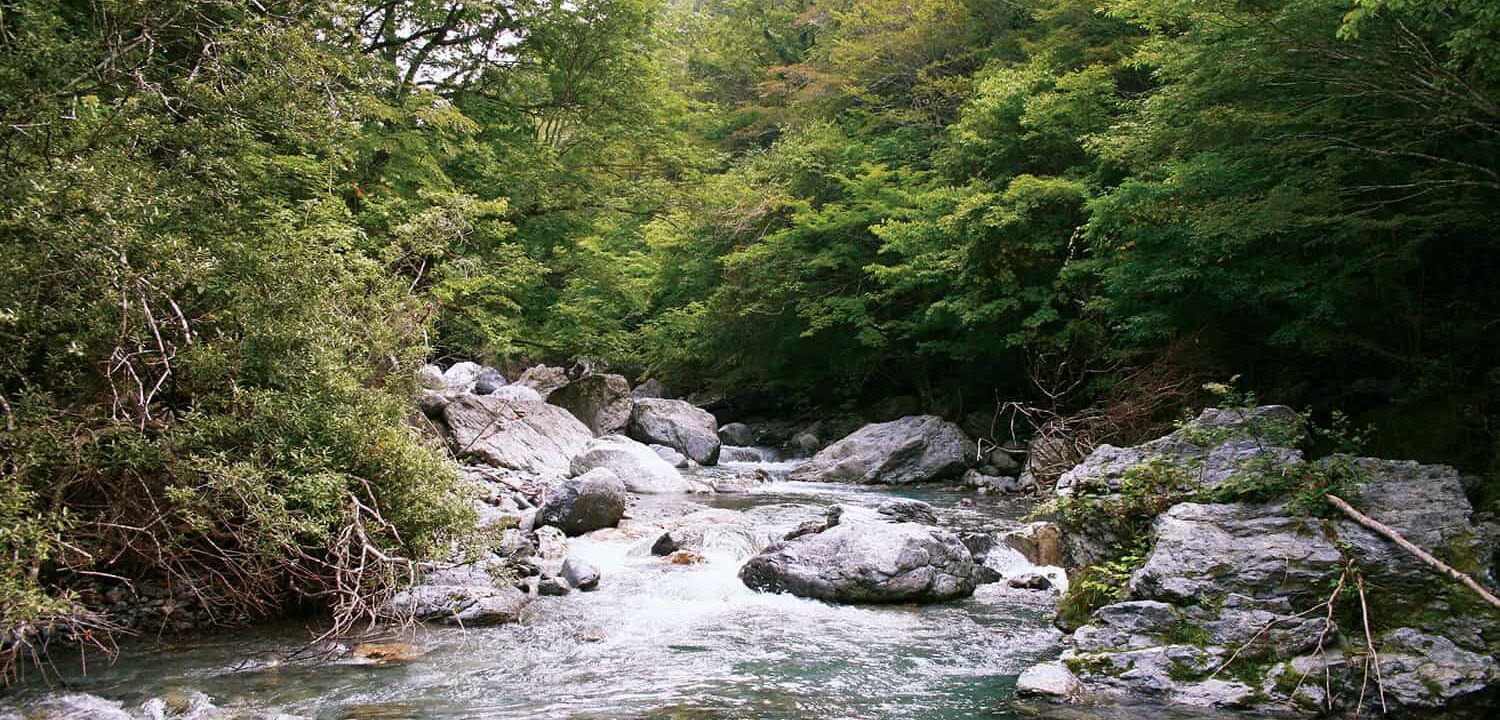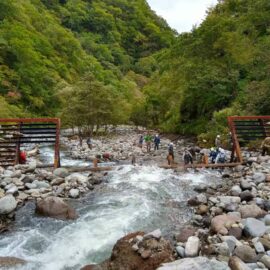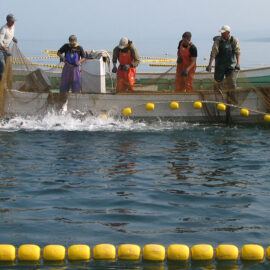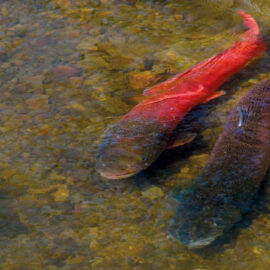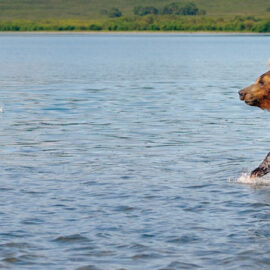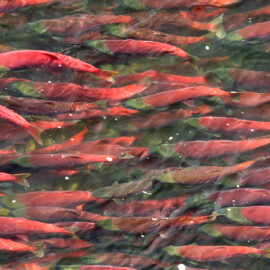One of the last great strongholds for ancient salmonids
More than 98% of Japan’s salmon rivers are dammed or artificially modified. Nevertheless, important wild salmon biodiversity remains. In northern Japan, Wild Salmon Center has worked with local partners, scientists, government agencies and private landowners to safeguard the last free-flowing rivers in the southern range of Pacific salmon.
A taimen refuge in Sarufutsu
Since 2004, Wild Salmon Center has worked with key partners to study and protect strongholds for taimen, the largest and oldest member of the trout family. Sakhalin taimen, which are found in Hokkaido, can reach six feet in length and weigh over 100 pounds. Our work on Hokkaido has focused on the Sarufutsu watershed, one of the remaining undammed salmon rivers left in Japan; the river offers spawning and rearing habitat for the critically endangered sea-run taimen—known locally as “itou.”
In 2009, the Wild Salmon Center collaborated with local partners and Oji Paper Company, the largest paper company in Japan, to create a protected area there. The 6,573 acre Sarufutsu Environmental Conservation Forest is the first protected area on private lands in Japan specifically devoted to aquatic biodiversity.
Tracking giants
In 2014, we concluded of a two-year tracking study to estimate taimen populations with the National Institute of Environmental Studies, Hokkaido University, and Itou no Kai, a local conservation group. Using an underwater acoustic camera to record individual spawning pairs, extrapolations showed that the Sarufutsu supports 1,000 to 1,250 adults. The study also found that sportfishing seems to catch and release at least 50% of the population, pointing the way to new regulations, like the use of barbless hooks and restricting the fishing season during spawning. Learn more about the study.
